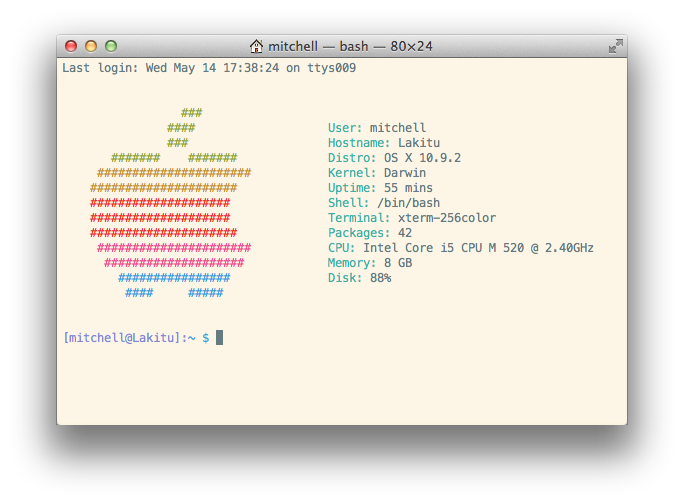Imperative vs Declarative
Let's generalize and say that there are two ways in which we can write code: imperative and declarative. We could define the difference as follows: Imperative programming: telling the "machine" how to do something, and as a result what you want to happen will happen. Declarative programming: telling the "machine"1 what you would like to happen, and let the computer figure out how to do it. 1 Computer/database/programming language/etc Imperative:
var numbers = [1,2,3,4,5] var doubled = [] for(var i = 0; i < numbers.length; i++) { var newNumber = numbers[i] * 2 doubled.push(newNumber) } console.log(doubled) //=> [2,4,6,8,10]Declarative:
var numbers = [1,2,3,4,5] var doubled = numbers.map(function(n) { return n * 2 }) console.log(doubled) //=> [2,4,6,8,10]What the map function does is abstract away the process of explicitly iterating over the array, and lets us focus on what we want to happen. Note that the function we pass to map is pure; it doesn't have any side effects (change any external state), it just takes in a number and returns the number doubled. In many situations imperative code is fine. When we write business logic we usually have to write mostly imperative code, as there will not exist a more generic abstraction over our business domain.
